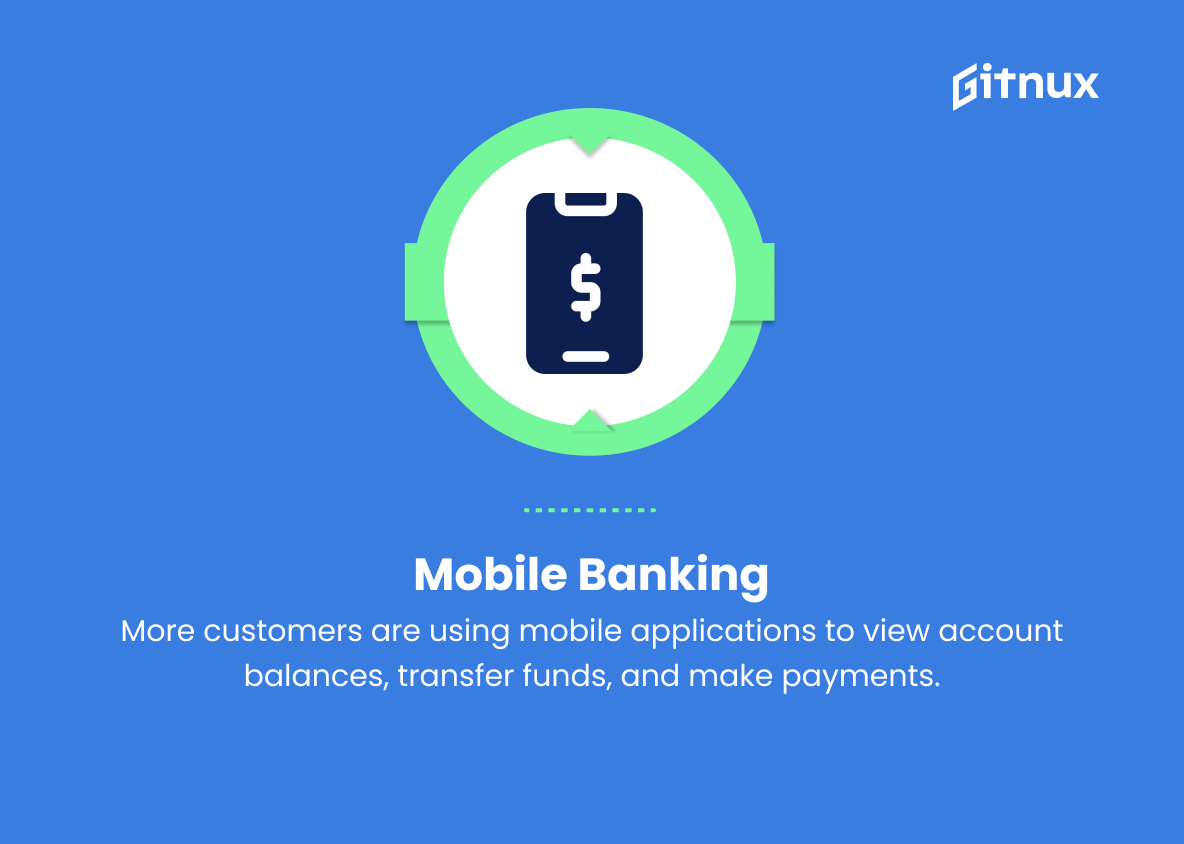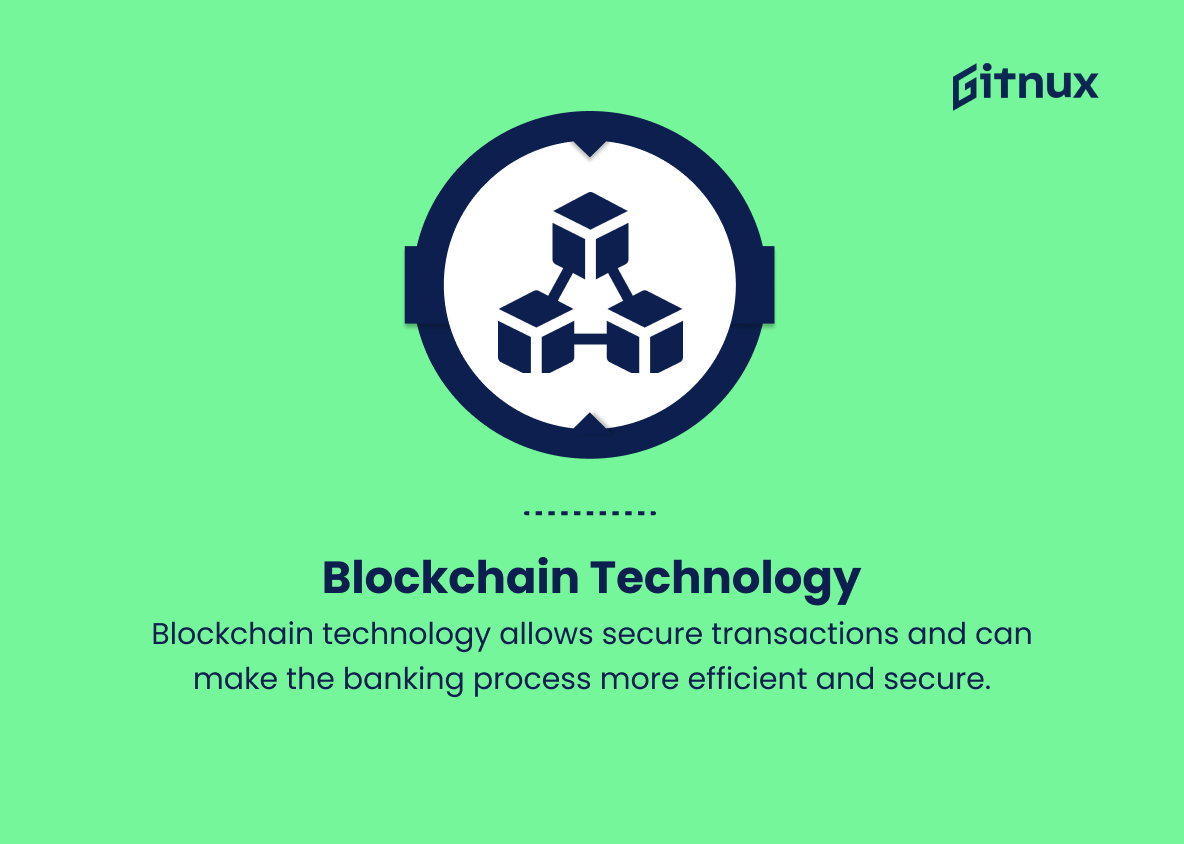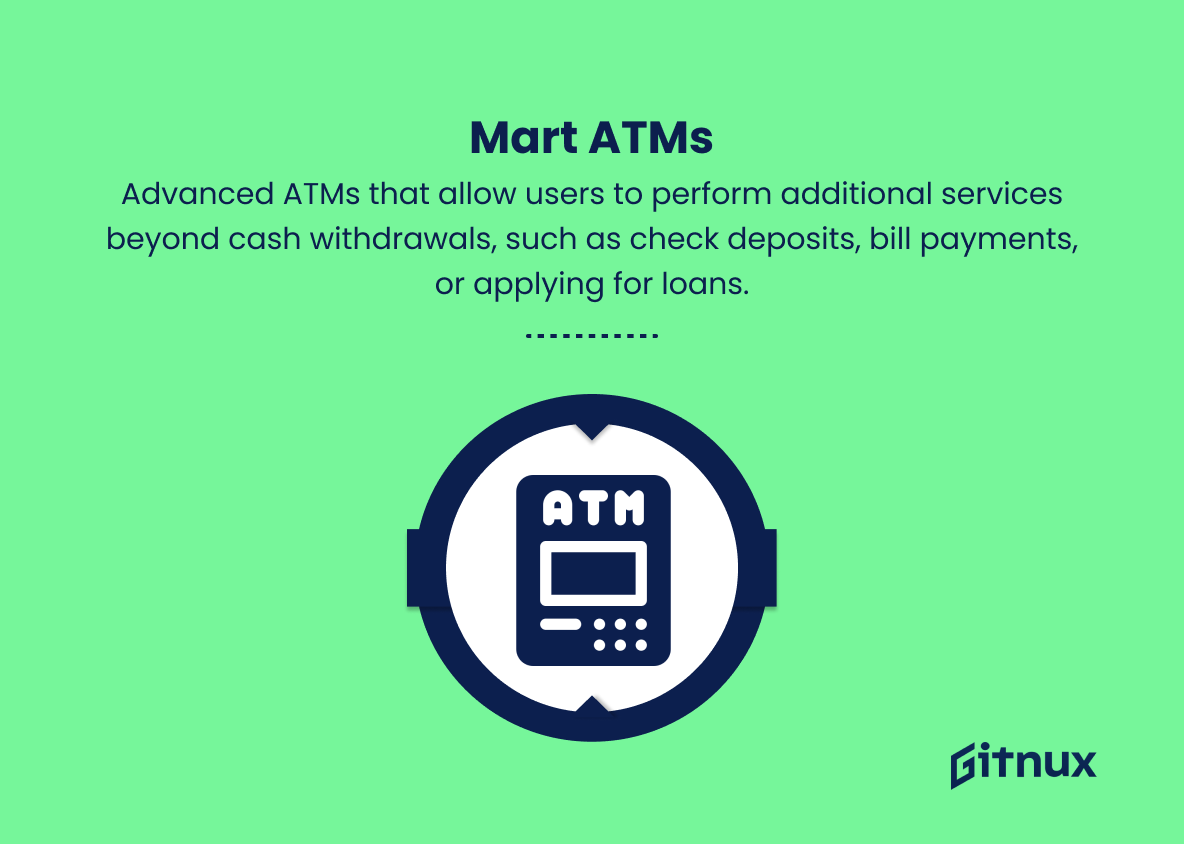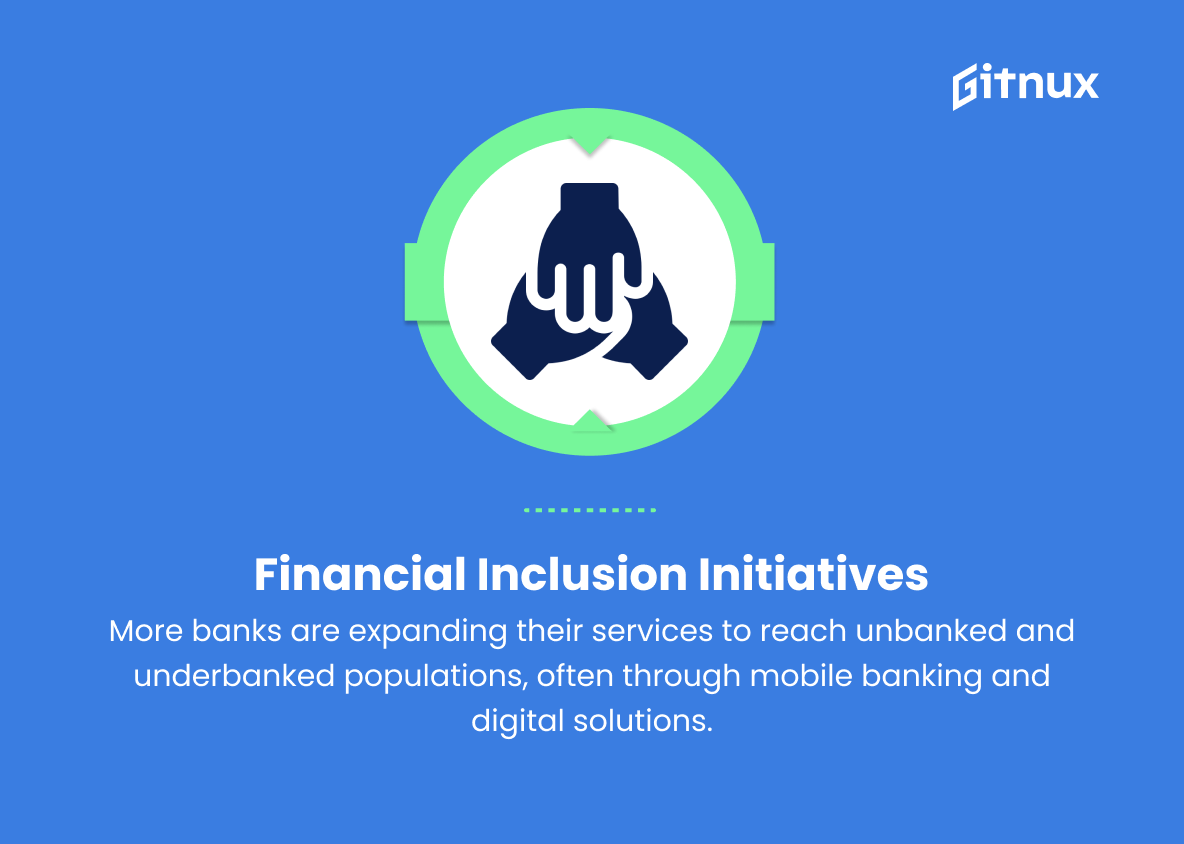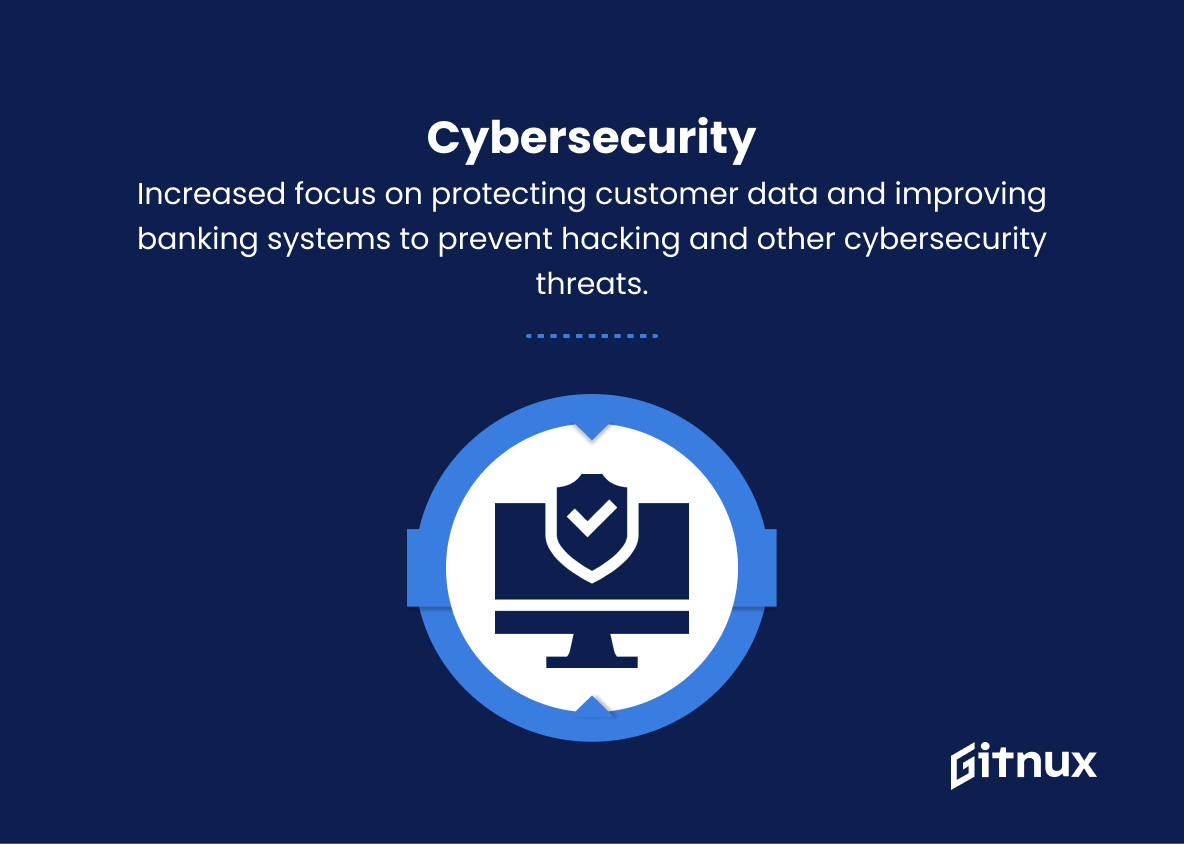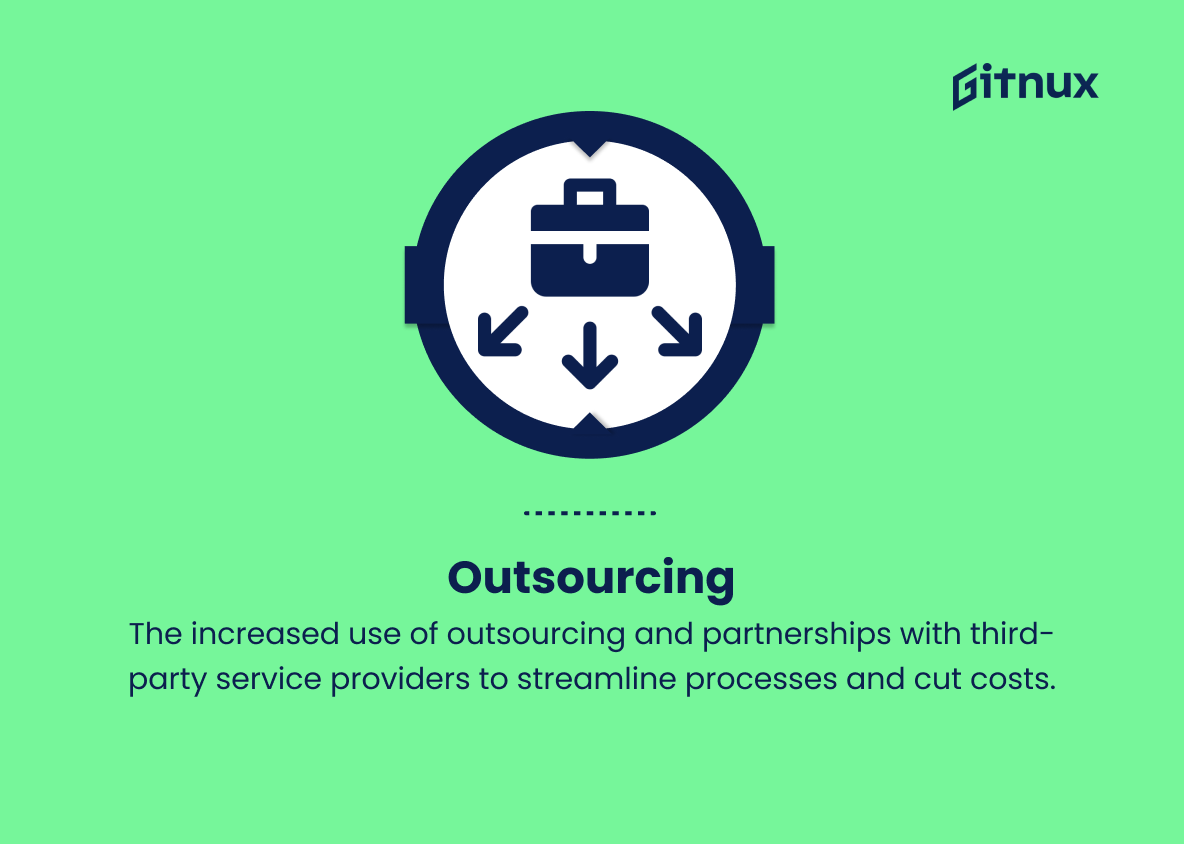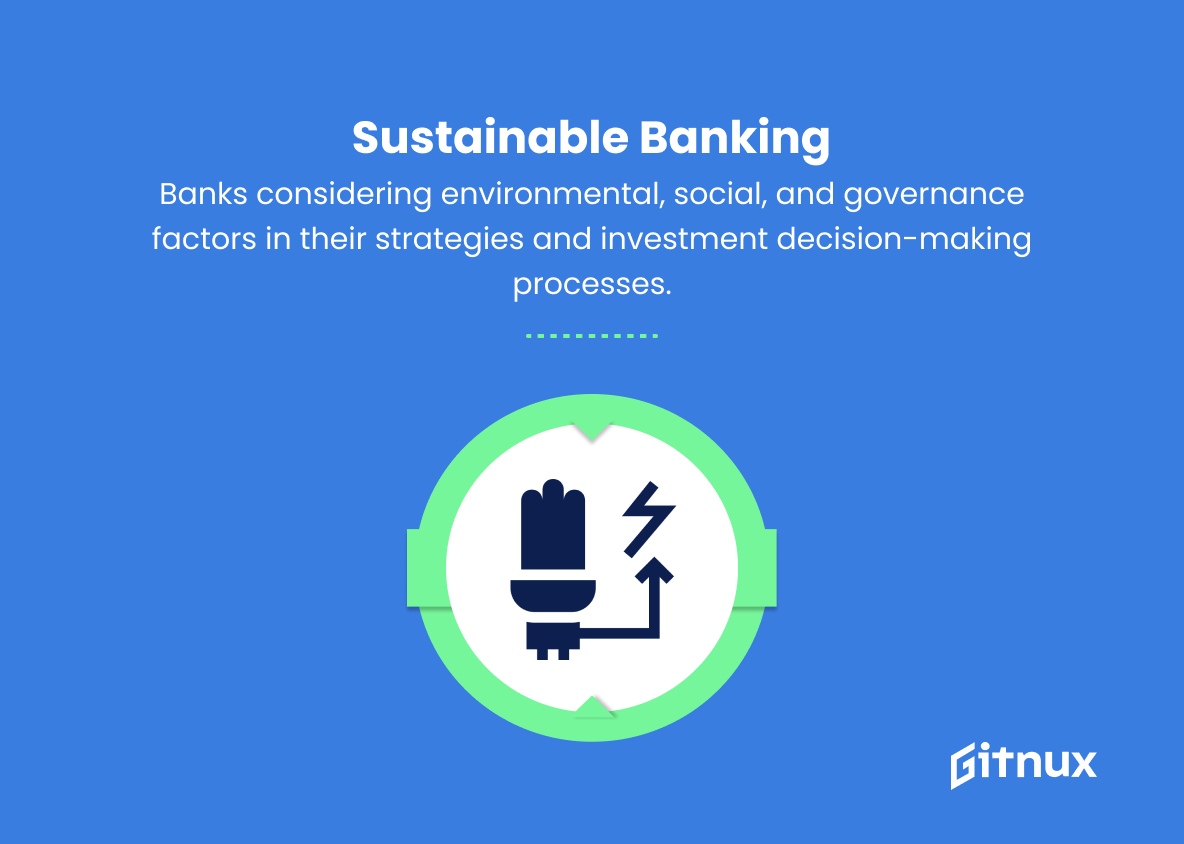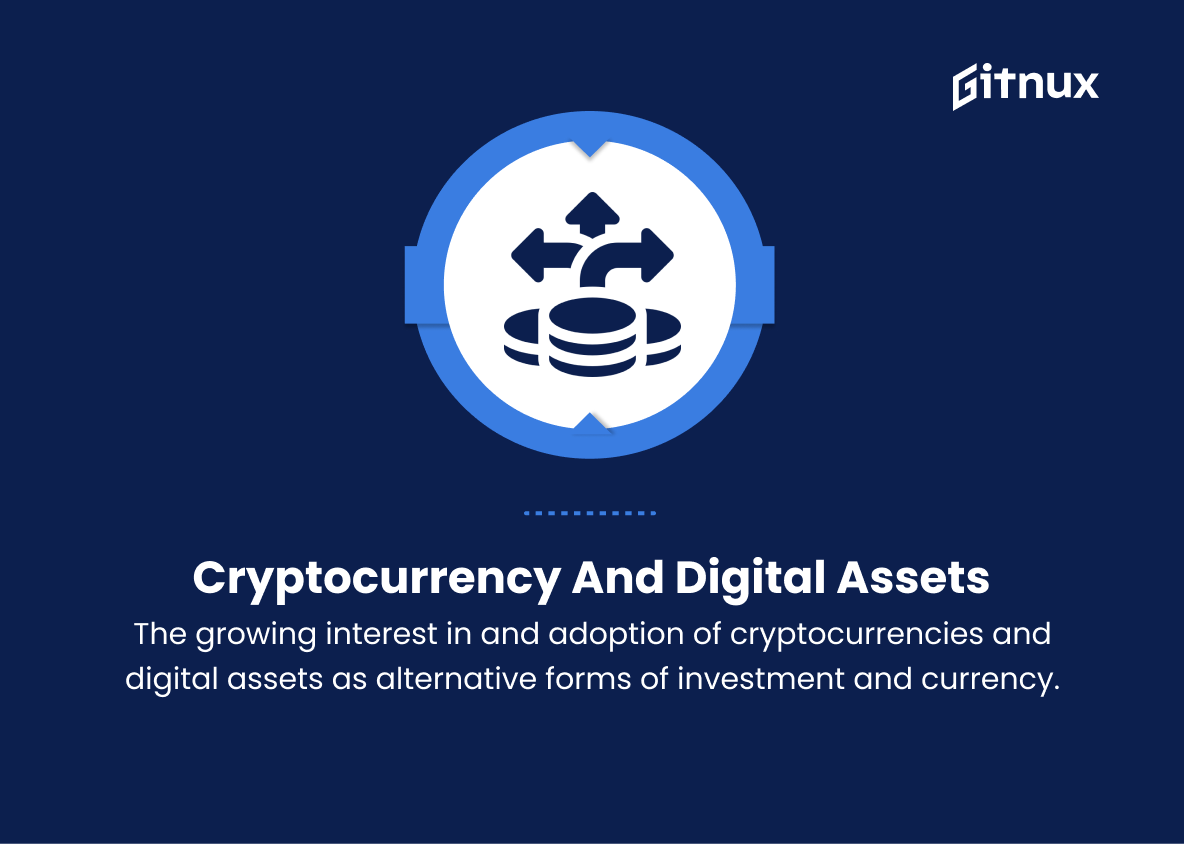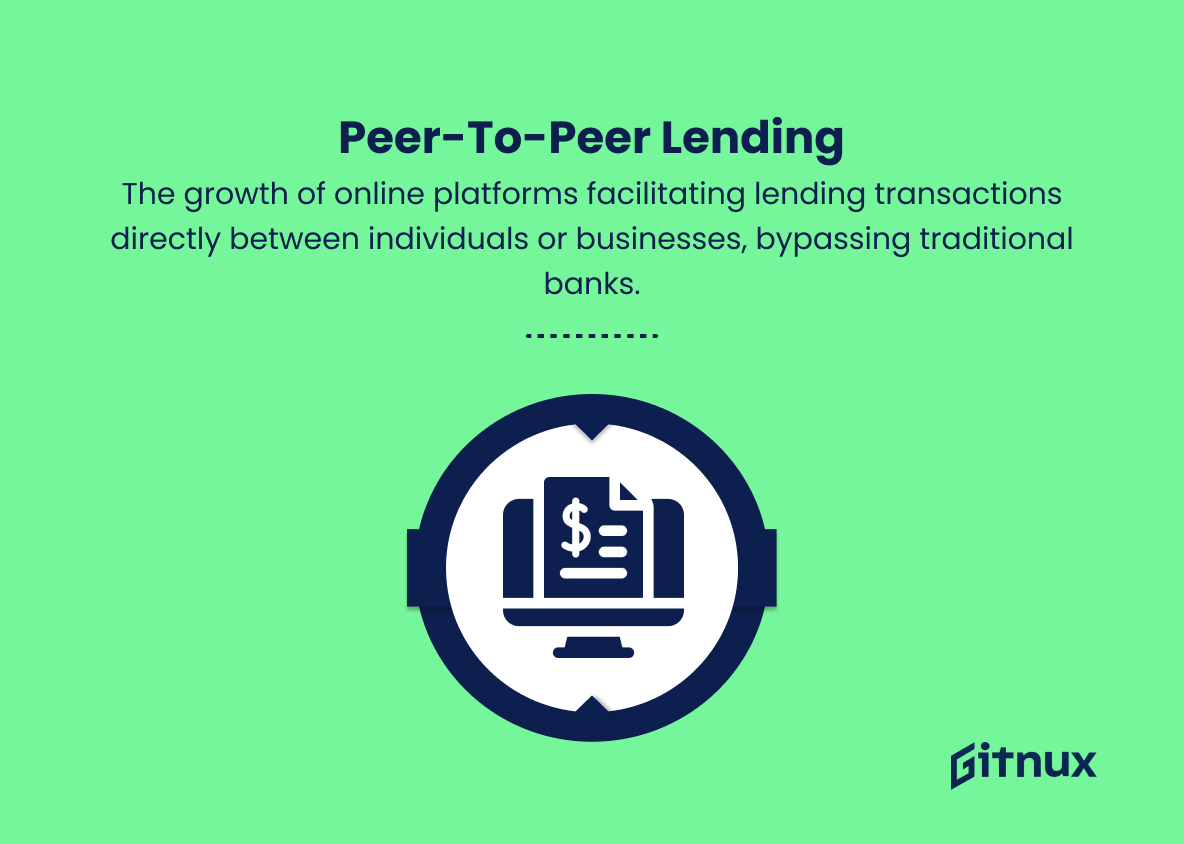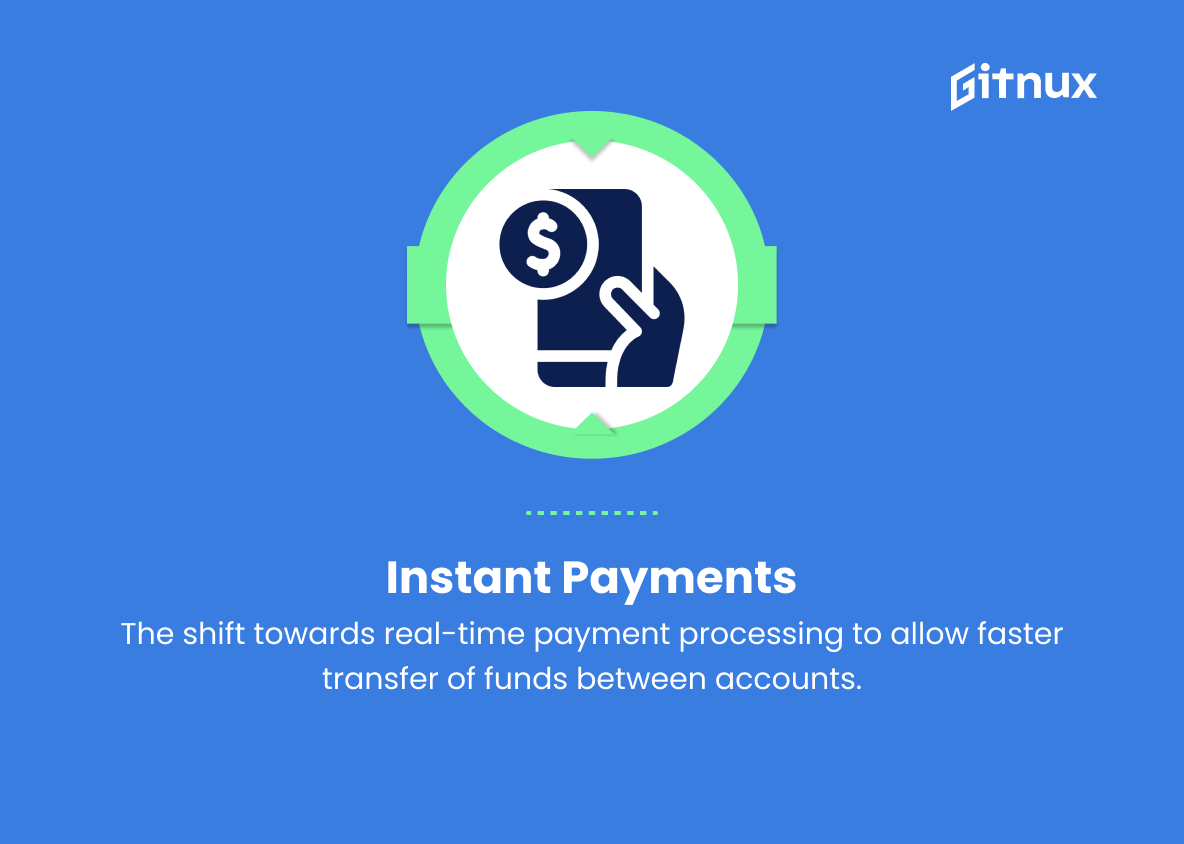In today’s rapidly evolving global market, commercial banking trends have emerged as a vital element to understand and adapt to, as they hold the potential to significantly impact businesses, investors, and the entire financial landscape.
In this insightful blog post, we will delve into the latest trends shaping the commercial banking sector, unravelling their implications and offering valuable guidance on how to navigate this ever-changing terrain.
From the surge in digitization to a heightened emphasis on sustainable financing, these contemporary shifts will not only reshape the operations and strategies of banks but also redefine the critical dynamics between financial institutions and their clients.
Join us as we explore the frontier of commercial banking and uncover the key trends that will determine the future of how businesses manage their financial needs.
Top Commercial Banking Trends
1. Digitalization and automation
The increased use of digital solutions and automation of processes for faster, more efficient services to customers.
2. Open banking
Open banking allows third-party providers access to customer data to create more personalized financial services and products.
3. Mobile banking
More customers are using mobile applications to view account balances, transfer funds, and make payments.
4. Artificial intelligence and machine learning
AI is being used for more sophisticated risk management, fraud detection, customer service, and decision-making.
5. Blockchain technology
Blockchain technology allows secure transactions and can make the banking process more efficient and secure.
6. Robo-advisors
AI-driven financial planning and wealth management services offer more efficient portfolio management and personalized investment advice.
7. Biometric security
Biometric security measures, such as fingerprint, facial recognition, or voice authentication, are being adopted to improve safety and security.
8. Smart ATMs
Advanced ATMs that allow users to perform additional services beyond cash withdrawals, such as check deposits, bill payments, or applying for loans.
9. Financial inclusion initiatives
More banks are expanding their services to reach unbanked and underbanked populations, often through mobile banking and digital solutions.
10. Cybersecurity
Increased focus on protecting customer data and improving banking systems to prevent hacking and other cybersecurity threats.
11. Outsourcing
The increased use of outsourcing and partnerships with third-party service providers to streamline processes and cut costs.
12. Sustainable banking
Banks considering environmental, social, and governance factors in their strategies and investment decision-making processes.
13. Cryptocurrency and digital assets
The growing interest in and adoption of cryptocurrencies and digital assets as alternative forms of investment and currency.
14. Peer-to-peer lending
The growth of online platforms facilitating lending transactions directly between individuals or businesses, bypassing traditional banks.
15. Instant payments
The shift towards real-time payment processing to allow faster transfer of funds between accounts.
16. Neobanks and challenger banks
The emergence of digital-only banks competing with traditional banks by offering more convenient and innovative banking solutions.
17. Regtech
The rise of regulatory technology that helps banks and financial institutions efficiently manage regulatory compliance and risk management.
18. Customer experience personalization
The focus on tailored financial services to cater to individual customer needs for better customer experience.
19. Banking-as-a-service
Banks offering APIs and platforms to allow third-party developers to create new financial services and products using their infrastructure.
20. Cloud computing
The increasing use of cloud-based solutions for more flexible, efficient, and scalable banking systems.
Implications
The commercial banking landscape is experiencing tremendous changes due to digitalization, automation, and various technological advancements. These trends lead to faster and more efficient services, tailored financial products, enhanced security, and a more inclusive financial ecosystem.
Banks are embracing digital solutions to streamline processes, leveraging AI for risk management, and employing biometrics to assure safety.
Blockchain technology and the adoption of cryptocurrencies allow for safe and efficient transactions, while the rise of neobanks and robo-advisors caters to the mobile-driven customer.
Environmental concerns are addressed through sustainable banking initiatives, and real-time processing of instant payments has become a priority. Regtech eases regulatory compliance burden, and open banking fosters a more personalized customer experience.
Outsourcing, banking-as-a-service, and cloud computing allow banks to further enhance their infrastructure and leverage new business models while focusing on their core competencies.
The integration of these developments will allow the global banking industry to offer unparalleled convenience and security to customers, meanwhile fostering financial inclusion and accelerating economic growth.
Conclusion
In conclusion, to stay ahead of their competition, commercial banks must keep a keen eye on the emerging trends in the banking industry. The success of these banks will depend on their willingness to adapt, invest in innovative technologies, and meet the evolving demands of their customers.
Being proactive in developing and implementing strategic plans to overcome the challenges posed by these trends will be essential for financial institutions to stay relevant and continue to thrive in the world of commercial banking.
Ultimately, banks must create a smoother, more efficient customer experience while maintaining a strong focus on cybersecurity and regulatory compliance to navigate the future of this ever-changing industry.
The banks that manage to stay on the cutting edge of these trends will emerge as industry leaders, paving the way for future advancements and success in commercial banking.


